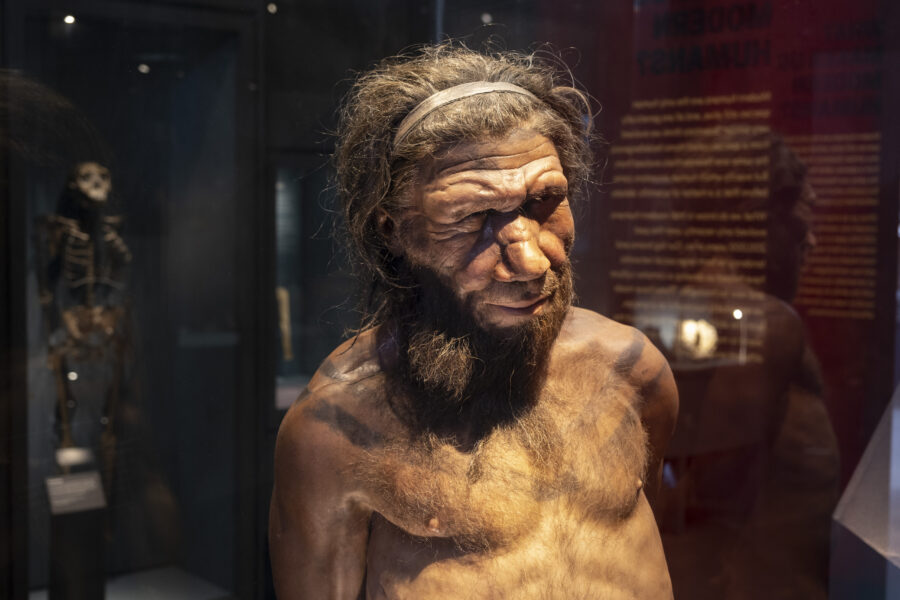Neanderthal DNA kills superbugs

Dr Karl Kruszelnicki
Dr Karl Kruszelnicki

Superbugs are bacteria nasty enough to kill people. Worse, they are almost totally resistant to most antibiotics. In 2019 superbugs killed at least 1.3 million people – that’s more than 2 per cent of the 55 million people who died from all causes in that year. Unfortunately, most of today’s antibiotics were developed decades ago, so bacteria have had lots of time to develop resistance to them.
But what about Neanderthals?
About 500,000 years ago, our evolutionary pathway split – one leading to modern humans, and the other leading to the Neanderthals.
Neanderthals were about the same height of a pre‑industrial modern human. But they were more solidly built, with a brain maybe 20 per cent bigger than ours. Neanderthals had stone tools and could make fire, glue and blankets. They used medicinal plants and were able to cook, boil, smoke and store foods. They made art and buried their dead. We know Neanderthals travelled back and forth around the islands of the Mediterranean. And they almost certainly had speech.
The Neanderthals spread all the way from Spain to the Middle East, and maybe one‑third of the way east into Siberia. Our ancestors left Africa a few hundred thousand years ago and interbred with the Neanderthals. Then, about 40,000 years ago, the Neanderthals died out everywhere. We don’t know why.
Back in January 2022, scientists found that our human DNA contains the genetic code to manufacture about 45,000 antibiotics. These specific antibiotics are small proteins called peptides, made up of 8–50 amino acids. Scientists manufactured a few dozen of these 45,000 antibiotic peptides and found that two‑thirds of them could
kill bacteria!
Then the same scientists started looking in the ancient DNA of our Neanderthal relatives; there they found a specific antibiotic peptide that would kill one of today’s nastiest superbugs – methicillin-resistant staphylococcus aureus, or MRSA.
It’s early days yet, but evolution has been playing with these peptides for hundreds of millions of years. The odds are good that these new antibiotics will both work, and work with very few
side effects.
So, maybe we can slug the superbugs with drugs brought to you by ancient Neanderthal DNA.


